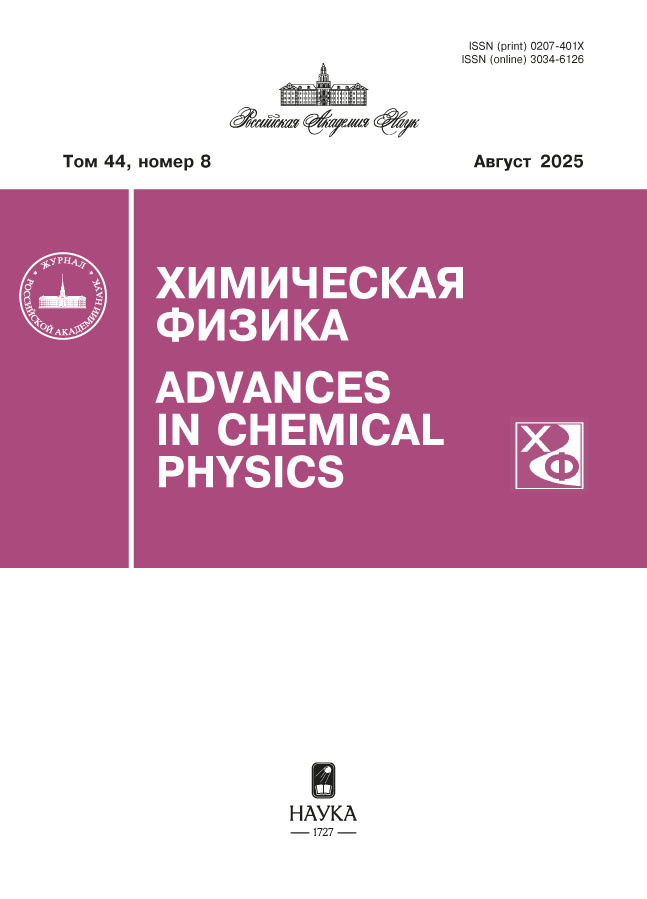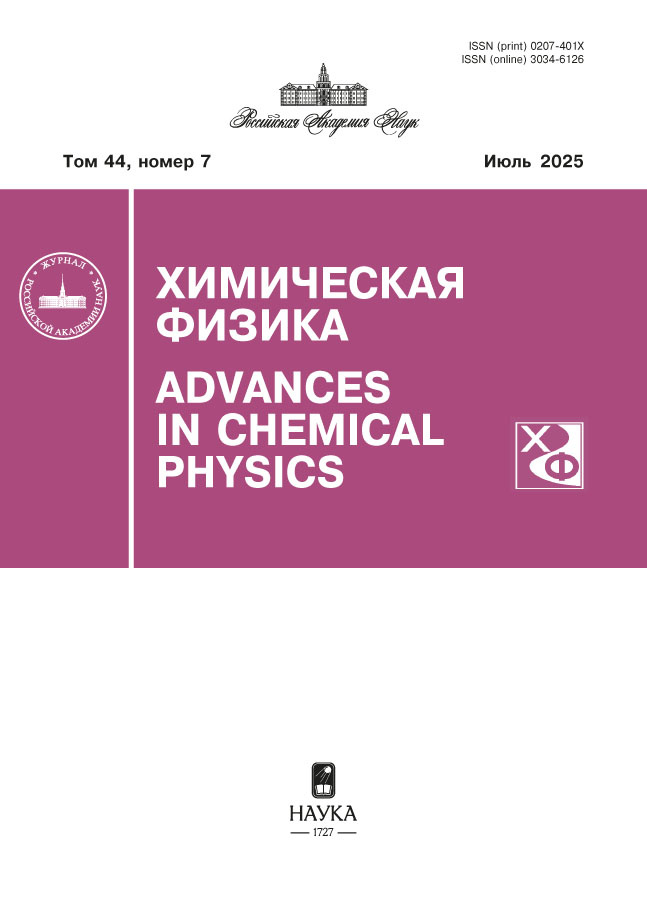Ударно-волновые свойства эмульсионной матрицы при различной концентрации стеклянных микросфер
- Авторы: Зубарева А.Н.1, Лавров В.В.1,2, Уткин А.В.1
-
Учреждения:
- Федеральный исследовательский центр проблем химической физики и медицинской химии Российской академии наук
- Институт машиноведения им. А.А. Благонравова Российской академии наук
- Выпуск: Том 44, № 7 (2025)
- Страницы: 3-14
- Раздел: Горение, взрыв и ударные волны
- URL: https://hum-ecol.ru/0207-401X/article/view/687571
- DOI: https://doi.org/10.31857/S0207401X25070013
- ID: 687571
Цитировать
Полный текст
Аннотация
Проведены исследования ударно-волновых свойств образцов эмульсионных взрывчатых веществ на основе аммиачной селитры с различной (от 0 до 4 вес. %) концентрацией в них полых стеклянных микросфер. Ударные волны в исследуемых образцах создавались алюминиевыми пластинами, разогнанными продуктами взрыва до скоростей от 0.6 до 5 км/с. Волновые профили скорости измерены с использованием лазерного доплеровского интерферометра VISAR на границе с водяным окном, либо при выходе ударной волны на свободную поверхность. Получены ударные адиабаты исследованных составов. Сделана оценка зависимости скорости звука от давления в эмульсионной матрице. При низких давлениях в смеси эмульсионной матрицы с микросферами наблюдается формирование двухволновой конфигурации. Показано, что с увеличением концентрации стеклянных микросфер порог возбуждения взрывчатого превращения резко снижается и при 4%-ном содержании его величина становится менее 1.1 ГПа.
Полный текст
Об авторах
А. Н. Зубарева
Федеральный исследовательский центр проблем химической физики и медицинской химии Российской академии наук
Автор, ответственный за переписку.
Email: zan@ficp.ac.ru
Россия, Черноголовка
В. В. Лавров
Федеральный исследовательский центр проблем химической физики и медицинской химии Российской академии наук; Институт машиноведения им. А.А. Благонравова Российской академии наук
Email: zan@ficp.ac.ru
Россия, Черноголовка; Москва
А. В. Уткин
Федеральный исследовательский центр проблем химической физики и медицинской химии Российской академии наук
Email: zan@ficp.ac.ru
Россия, Черноголовка
Список литературы
- Budov V.V. // Glass Ceram. 1994. V. 51. № 7-8. P. 230.
- Острик А.В., Потапенко А.И. // Конструкции из композитных материалов. 2001. № 1. С. 48.
- Ефремов В.П., Потапенко А.И., Фортов В.Е. // Вопросы атомной науки и техники. Сер. «Плазменная электроника и новые методы ускорения». 2000. Т. 2. № 1. С. 152.
- Зельдович Я.Б., Райзер Ю.П. Физика ударных волн и высокотемпературных гидродинамических явлений. 2-ое изд. М.: Наука, 1976.
- Зубарева А.Н., Уткин А.В., Лавров В.В. // Физика горения и взрыва. 2018. Т. 54. № 5. С. 35. https://doi.org/10.15372/FGV20180505
- Зиборов В.C., Канель Г.И., Ростилов Т.А. // Там же. 2020. Т. 56. № 2. С. 124. https://doi.org/10.15372/FGV20200215
- Ландау Л.Д., Лифшиц Е.М. Теоретическая физика. В 10 т. Т. VI. Гидродинамика. 3-е изд., перераб. М.: Наука, 1986.
- Yoshida M., Iida M., Tanaka K. et al. // Proc. 8th Sympos. Intern. on Detonation. Albuquerque, NM (USA). 1985. P. 993.
- Lee J., Sandstrom F.W., Graig B.G., Persson P.A. // Proc. 9th Sympos. Intern. on Detonation. Portland, Oregon (USA). 1989. P. 573.
- Сильвестров В.В., Пластинин А.В., Караханов С.М., Зыков В.В. // Физика горения и взрыва. 2008. Т. 44. № 3. С. 121.
- Юношев А.С., Сильвестров В.В., Пластинин А.В., Рафейчик С.И. // Там же. 2017. Т. 53. № 2. С. 91. https://doi.org/10.15372/FGV20170211
- Воскобойников И.М., Афанасенков А.Н., Богомолов В.М. // Там же. 1967 Т. 3. № 4. С. 585.
- Woolfolk R.W., Cowperthwaite M., Shaw R. // Thermochim. Acta. 1973. V. 5. № 4. P. 409.
- Сильвестров В.В., Юношев А.С., Пластинин А.В., Рафейчик С.И. // Физика горения и взрыва. 2014. Т. 50. № 4. С. 110.
- Сильвестров В.В., Юношев А.С., Пластинин А.В. // Там же. № 6. С. 105.
- Физика взрыва. В 2 т. / Под ред. Орленко Л.П. Изд. 3-е, испр. М.: Физматлит, 2002. Т. 1.
- Канель Г.И., Разоренов С.В., Уткин А.В., Фортов В.Е. Ударно-волновые явления в конденсированных средах. М.: Янус-К, 1996.
- Мочалова В.М., Уткин А.В., Гаранин В.А., Торунов С.И. // Физика горения и взрыва. 2009. Т. 45. № 3. С. 95.
- Мочалова В.М., Уткин А.В., Ананьин А.В. // Там же. 2007. Т. 43. № 5. С. 90.
- Колесников С.А., Уткин А.В. // Там же. № 6. С. 97.
- Гафаров Б.Р., Уткин А.В., Разоренов С.В. и др. // ПМТФ (Новосибирск). 1999. Т. 40. № 3. С. 161.
- Жарков В.Н., Калинин В.А. Уравнения состояния твердых тел при высоких давлениях и температурах. М.: Наука, 1968.
- Дремин А.Н., Карпухин И.А. // ПМТФ (Новосибирск). 1960. № 3. С. 184.
- Будов В.В. // Пробл. прочности. 1991. № 5. С. 68.
- Herrmann W. // J. Appl. Phys. 1969. V. 40. № 6. P. 2490.
Дополнительные файлы




















